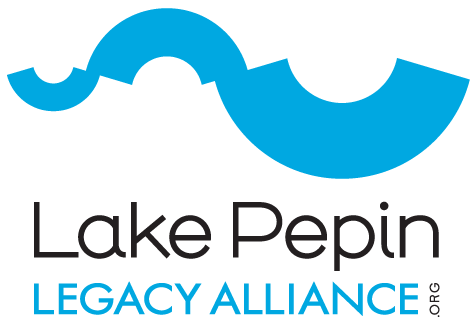By: Rylee Main, Executive Director, Lake Pepin Legacy Alliance
Communities around Lake Pepin in southeastern Minnesota have been anxiously awaiting a statewide plan that will reduce the calamitous impacts of accelerated siltation at the head of the lake. The enforcement of Minnesota’s only regulatory solution for non-point source pollution – a strip of vegetation commonly known as a buffer – is a victory for those who care about and depend on Lake Pepin. Yet the question remains: Is it enough?
In the land of 10,000 lakes, one might wonder how any unique lake could represent water quality impairments across the diverse landscape of Minnesota. Then again, Lake Pepin is not your typical lake. At the widest stretch of the entire Mississippi River, Lake Pepin is uniquely positioned to act like a sediment trap, with more than half the land in Minnesota draining its waters into this riverine lake.
Moreover, one might wonder why farmers across Minnesota should care about a body of water up to a few hundred miles away. “Aside from an altruistic recognition of its value, they should care because their future will be linked to the lake’s future,” wrote Mike McKay, former chair of Minnesota’s Clean Water Council and Lake Pepin Legacy Alliance’s first Executive Director.
“As the science surrounding non-point source pollution grows, there will be inevitable pressure on farmers to employ best practices. While the future of Pepin is important on its own merits, its health is also an indicator of larger concerns. After all, the same farm runoff that imperils Pepin contributes to the dead zone in the Gulf of Mexico. Those farmers who choose to take advantage of conservation programs that exist today will have a leg up on their colleagues who don’t. In the years to come, it’s a fair bet that some of those voluntary programs will turn to mandates. Why? When public waters are degraded, after a while people stop asking for change and start demanding it.”
